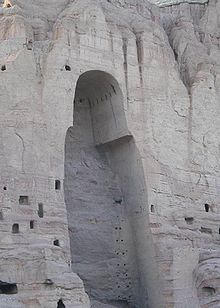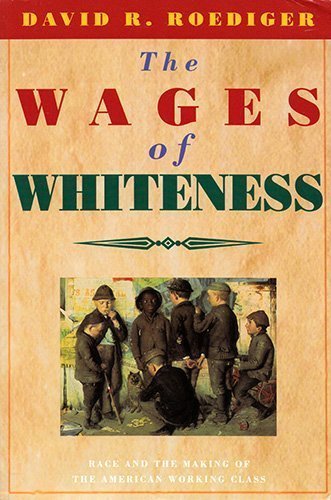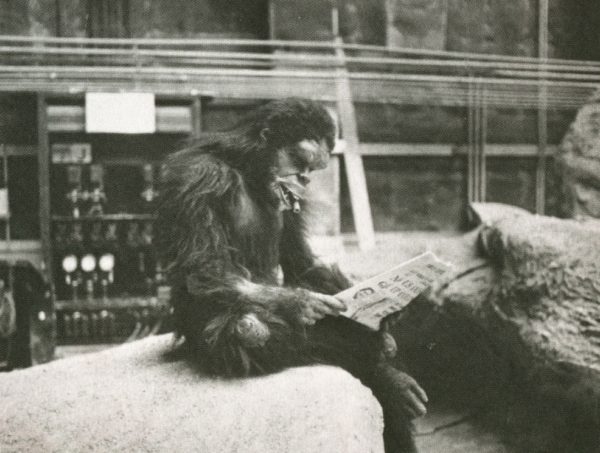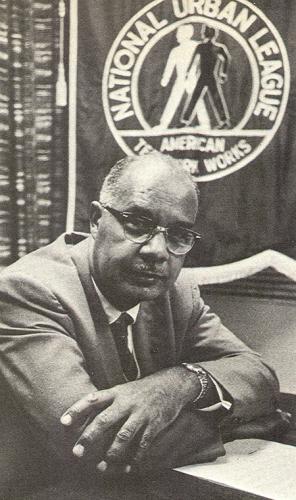
Open Letter on the Proposed Destruction of a Mural Cycle
A Federal Art Project mural cycle of thirteen panels devised and painted by Victor Arnautoff in 1936 in a San Francisco high school portrays George Washington as a slave owner and as the author of Native-American genocide. It is an important work of art, produced for all Americans under the auspices of a federal government seeking to ensure the survival of art during the Great Depression. Its meaning and commitments are not in dispute. It exposes and denounces in pictorial form the U.S. history of racism and colonialism. The only viewers who should feel unsafe before this mural are racists.







